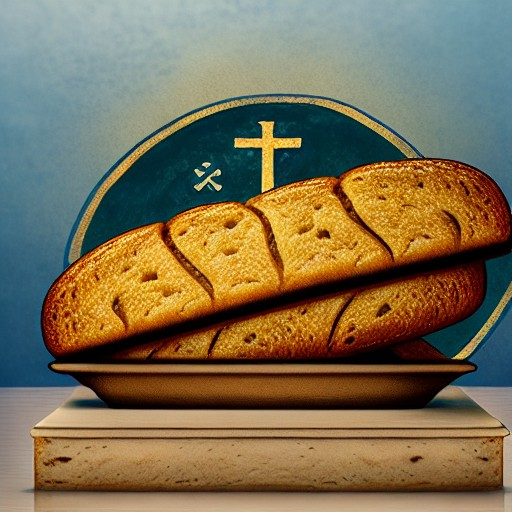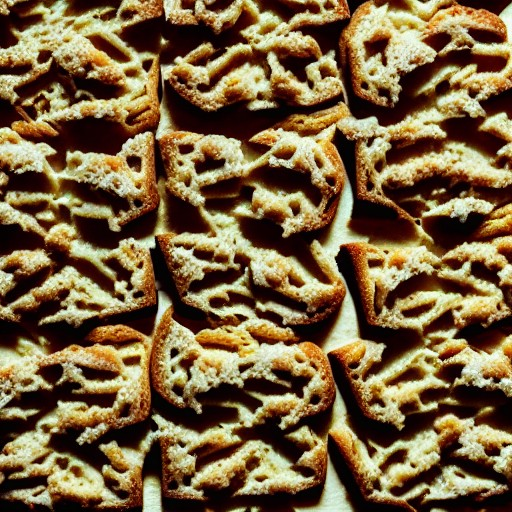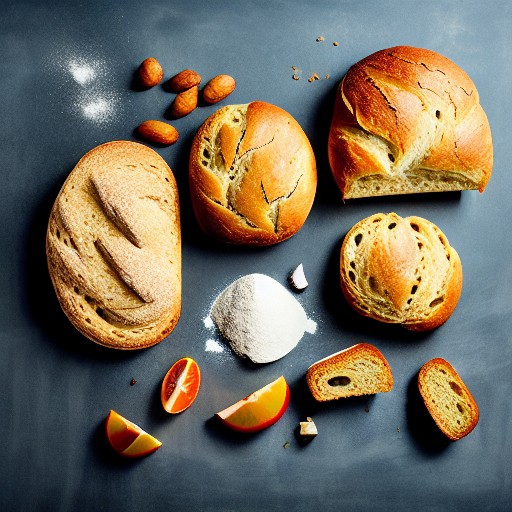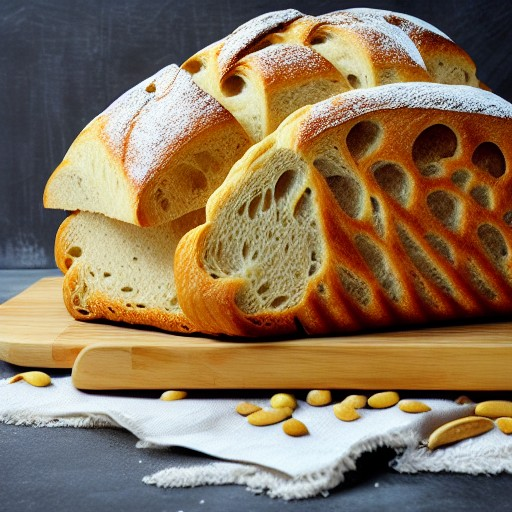The History and Cultural Significance of Bread
Bread is one of the oldest and most fundamental foods known to humans, with a rich history and cultural significance that dates back thousands of years. From its humble beginnings as a simple flatbread to the intricate artisanal loaves of today, bread has played a central role in many different cultures around the world, from Europe to the Middle East, Africa to Asia. Here, we explore the history and cultural significance of bread, looking at six key aspects of this essential food.
The Origins of Bread
The origins of bread can be traced back to ancient Egypt, where it was first made around 8000 BC. The first breads were simple flatbreads, made from a mixture of water and ground grains, such as barley, emmer wheat, and einkorn. Over time, bread-making techniques and recipes evolved, with the addition of yeast, milk, and other ingredients, leading to the diverse range of breads we know today.

Bread in Religion and Mythology
Bread has played a significant role in many religious and mythological traditions throughout history. In ancient Egypt, bread was seen as a symbol of life and was offered as a sacred offering to the gods. In Christianity, bread is a central element of the Eucharist, representing the body of Christ. Similarly, in Judaism, bread is an essential part of the Passover celebration, symbolizing the haste with which the Israelites left Egypt.

Bread in Cuisine
Bread is an essential part of many cuisines around the world, from the baguettes of France to the naan of India and the injera of Ethiopia. Different types of breads are used for different purposes, such as sandwich bread, dinner rolls, and flatbreads for wraps and pizzas. In many cultures, bread is eaten with a variety of toppings, such as cheese, butter, honey, and jam.
Bread and Social Significance
Bread has also played a significant role in social and cultural traditions, from the sharing of bread at communal meals to the giving of bread as gifts. In some cultures, bread is seen as a symbol of hospitality, and it is customary to offer guests bread and salt as a welcome. In others, bread has been used as a form of currency, such as in medieval Europe, where bread was often used to pay rent or as a form of payment for goods and services.

Bread-Making Techniques
Bread-making techniques have evolved over time, from the simple methods used by ancient Egyptians to the complex techniques used by modern artisanal bakers. Some traditional techniques, such as sourdough, involve using natural yeasts and bacteria to ferment the dough, while others, such as brioche, involve adding butter and eggs for a rich, sweet flavor. In recent years, there has been a resurgence of interest in traditional bread-making techniques, as people seek to reconnect with their culinary heritage and the art of artisanal baking.

Bread and Health
Bread has long been a staple food in many cultures due to its affordability, convenience, and nutritional value. However, in recent years, concerns have been raised about the health implications of consuming too much bread, particularly white bread, which is often made with refined flour and lacks the fiber and nutrients found in whole grain bread. Many people have turned to gluten-free breads or alternative grain breads, such as quinoa or buckwheat, as a healthier alternative.

The Future of Bread
As we look to the future, the role of bread in our diets and cultures is likely to continue evolving. With the growing interest in health and sustainability, we may see a shift towards alternative grain breads, such as spelt, amaranth, and millet, as well as increased focus on organic and locally sourced ingredients. Similarly, as technology advances, we may see new bread-making techniques emerge, such as 3D-printed bread or bread made with lab-grown yeast. However, no matter how bread-making may change, its cultural significance and importance in our lives is likely to endure for many generations to come.